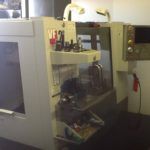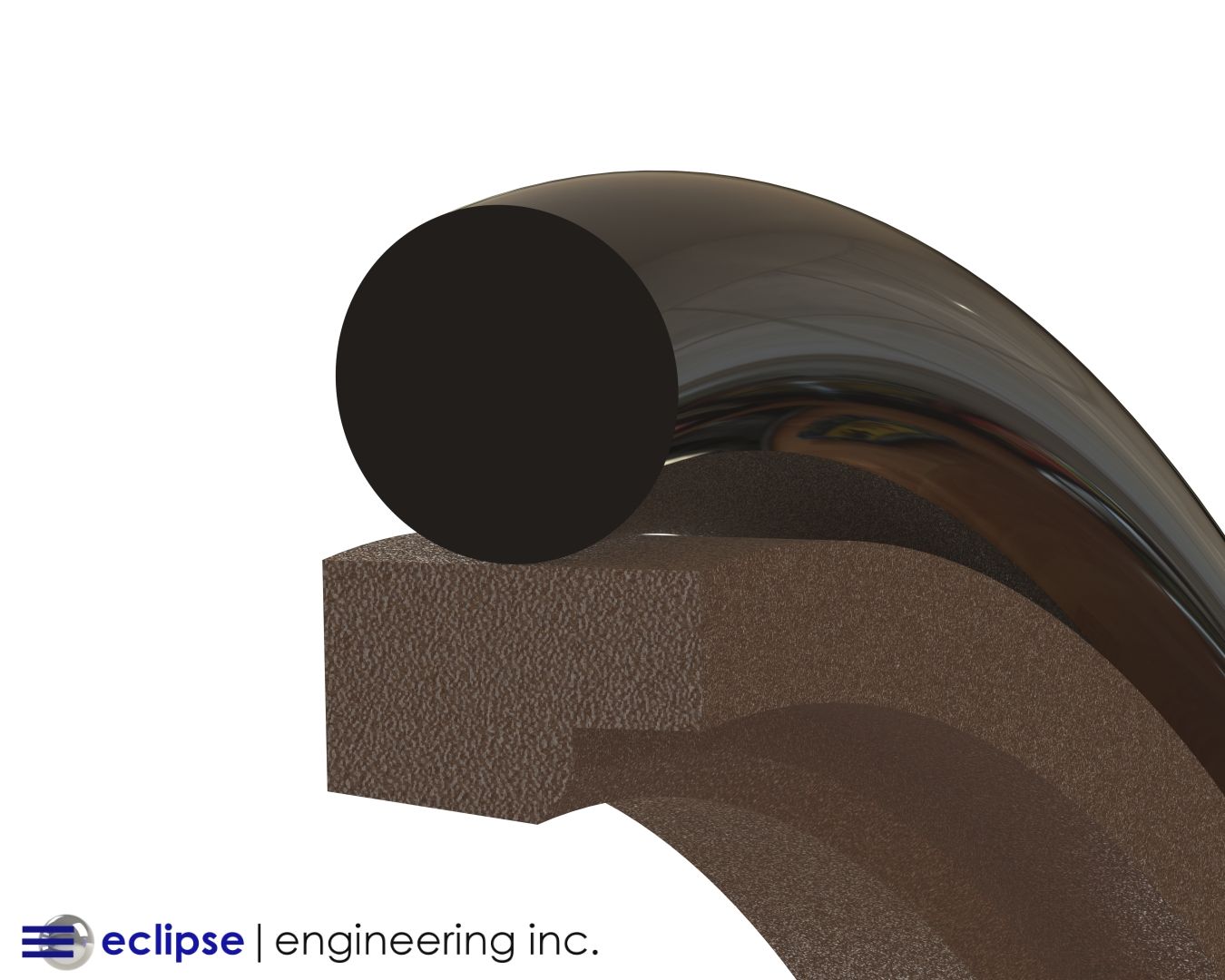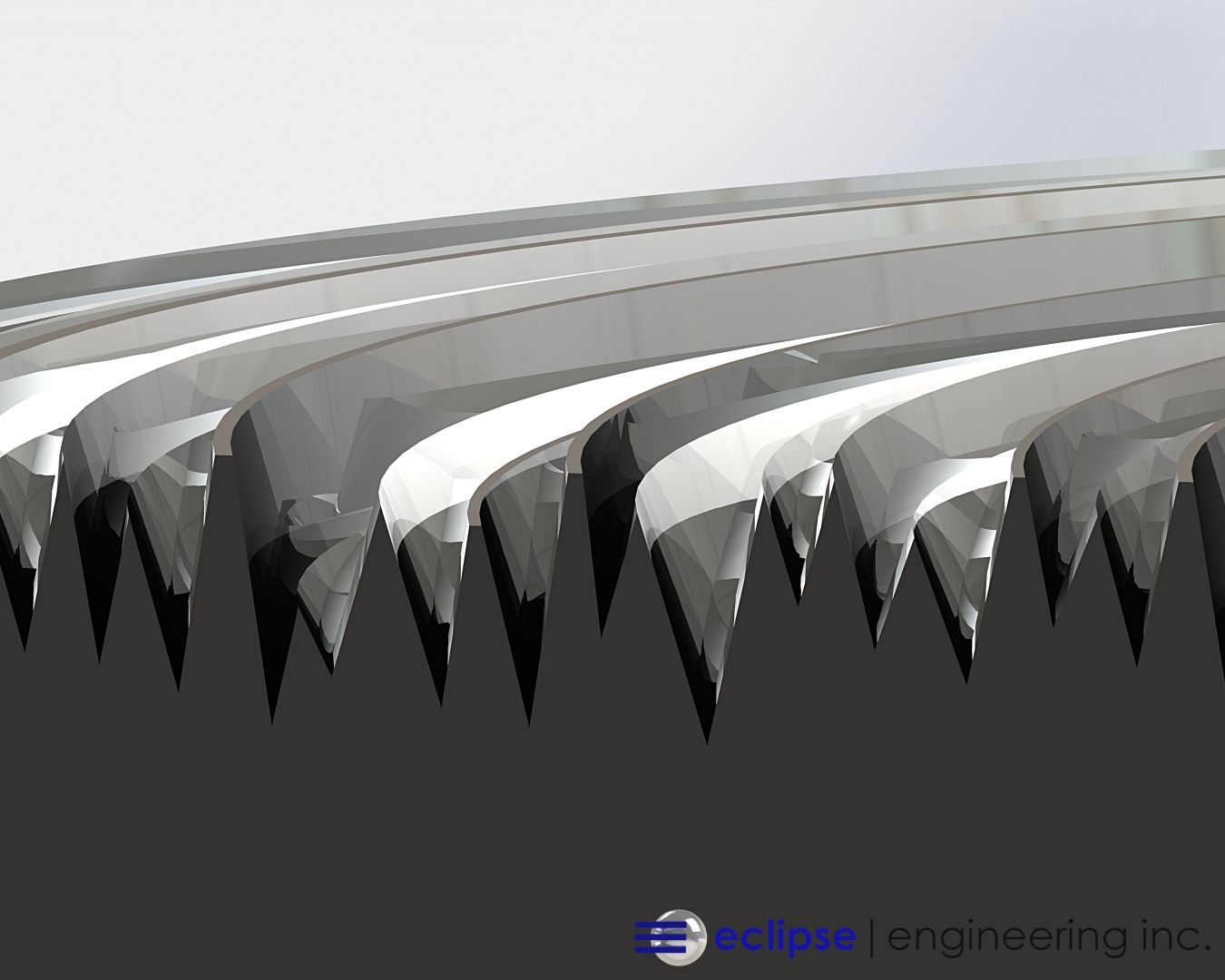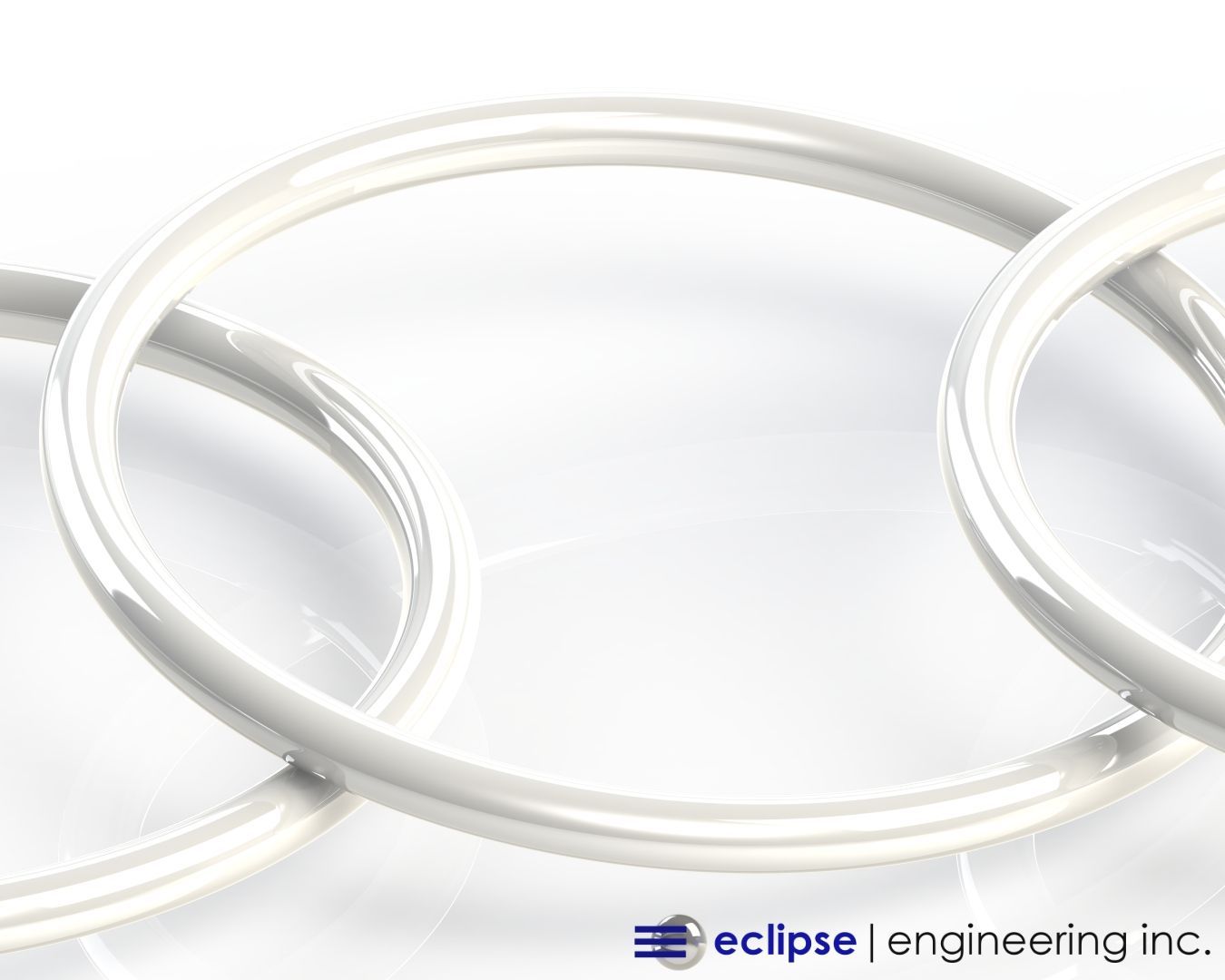New Milling Capabilities at Eclipse

After turning away literally hundreds of requests for milled parts, we finally made the move to bring that manufacturing capability in house. Over the last ten years, we’ve taken on jobs that either had to be sent out to be milled or as a second operation, we used our manual mill to complete an operation on a part.
Thanks to our customers continued requests and the need for close tolerance parts from various grades of polymers, we purchased a new Haas VF-2 mill in December. Of course, along with the mill came more floor space, more tooling, more programming, more raw materials, more power, carts, toolboxes, measuring capability etc, etc, etc. Jason, our production manager, has inferred that in the case of a mill this list is inexhaustible.
We started manufacturing for our internal needs the end of January, and we are now ready to begin accepting RFQ’s for this type of business. The addition of the New Haas to the existing turning equipment extends your ability for product offerings to you or your customers. As your questions come up regarding what our capabilities are, please call sales or engineering.
We look forward to your continued support in this new product offering, and thank you for your support!
Best Wishes for a great 2012
Cliff





